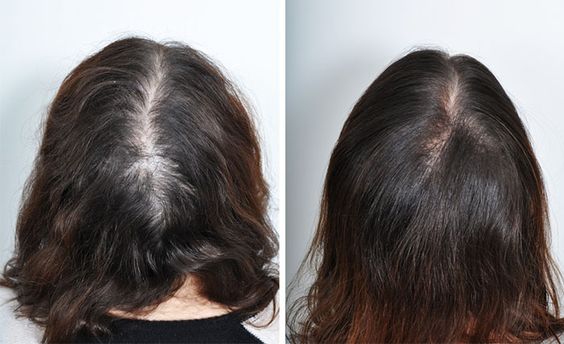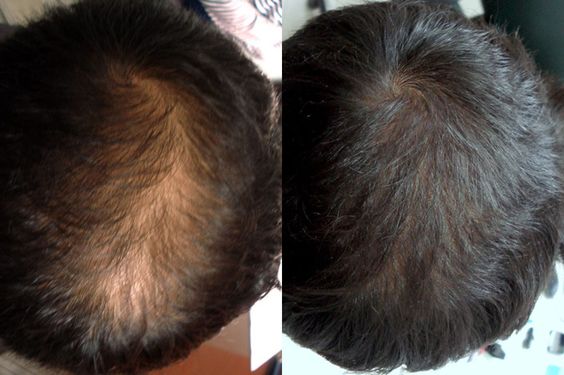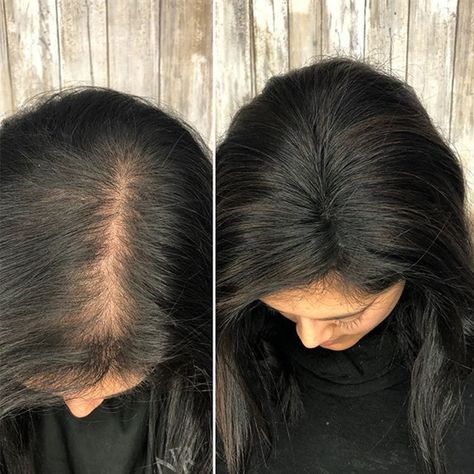Hair loss can be a source of frustration for both men and women. PRP, or Platelet-Rich Plasma, hair loss treatment offers a non-surgical approach to potentially stimulate hair growth and combat thinning hair. Let’s delve into the science behind PRP, its potential benefits and limitations, and factors to consider before undergoing this treatment.
PRP hair loss treatment utilizes your own blood. Platelets in your blood contain growth factors, proteins that play a crucial role in cell regeneration and healing. In PRP therapy, a concentrated platelet solution is extracted from your blood through a centrifugation process. This platelet-rich plasma is then injected into your scalp, targeting areas with hair loss.
PRP hair loss treatment offers several potential advantages:
It utilizes your own body’s healing properties, minimizing the risk of allergic reactions.
The growth factors in PRP may stimulate dormant hair follicles, potentially leading to increased hair density and thickness.
Compared to hair transplant surgery, PRP is a minimally invasive procedure with minimal downtime.
Generally, PRP is a safe and well-tolerated procedure with minimal side effects.
Before opting for PRP hair loss treatment, consider these factors:
PRP is most effective for people with early signs of hair loss, particularly those with thinning hair. It might not be as effective for advanced hair loss or completely bald areas.
Typically, a series of PRP treatments spaced out over several weeks (often 3-4 sessions) is recommended for optimal results. Maintenance treatments might be needed periodically.
It can take several months (around 5-7 months) to see noticeable improvements from PRP hair loss treatment. Individual results can vary.
The cost of PRP hair loss treatment can vary depending on factors like location, the provider’s experience, and the number of sessions needed.
A dermatologist can assess your scalp health, hair loss pattern, and overall health to determine if PRP treatment is suitable for you. They can discuss realistic expectations about results, potential side effects, and answer any questions you might have.
PRP hair loss treatment offers a promising non-surgical approach for those experiencing early signs of hair loss. By understanding the science behind it, its benefits and limitations, and consulting a dermatologist, you can decide if this treatment aligns with your goals for thicker, healthier hair.
During the procedure, blood is drawn from the patient and processed to concentrate the platelets. The resulting PRP is then injected into the scalp, delivering growth factors to the hair follicles to promote hair growth.
Many patients experience positive results with PRP Hair Loss Treatment, including thicker hair and increased hair density. However, individual results may vary, and multiple treatment sessions are often recommended for optimal outcomes.
PRP Hair Loss Treatment is suitable for individuals experiencing hair thinning or hair loss, particularly those with early-stage hair loss or those looking to prevent further hair loss.
Results from PRP hair loss treatment can take several months to become noticeable, as the growth of new hair takes time.
Results from PRP Hair Loss Treatment may become noticeable within a few months after starting treatment, with continued improvement over time as new hair growth occurs.



